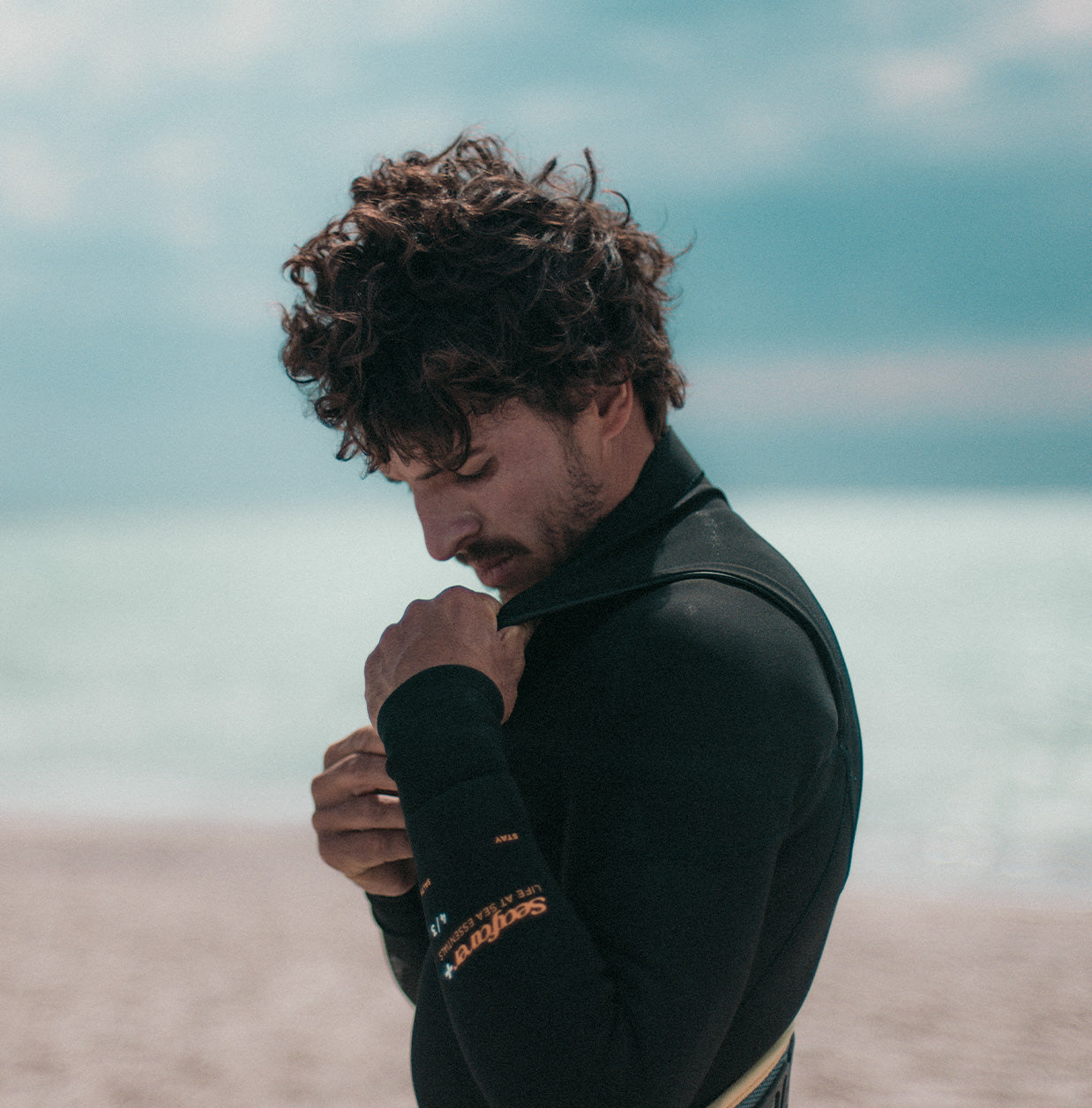
Wetsuit Sizing: Finding the Right Size for You
The Ultimate Wetsuit Sizing Guide: Find the Perfect Fit for You
Choosing the right wetsuit size can feel like a daunting task—especially when your height, weight, chest, and waist measurements all point to different sizes. A well-fitting wetsuit is essential for performance, comfort, and warmth in the water. This guide will help you decode sizing charts, assess fit when trying one on, and understand how sizing differs between top wetsuit brands.
How Do I Know What Size Wetsuit I Am?
Most wetsuit brands provide a sizing chart that takes into account your height, weight, chest, and waist. These charts are your best starting point.
To find your ideal size:
-
Measure yourself accurately using a soft tape measure.
-
Height: Stand straight against a wall without shoes.
-
Weight: Use a reliable scale.
-
Chest: Measure the fullest part of your chest.
-
Waist: Measure at your natural waistline.
-
-
Compare your measurements to the brand’s size chart.
-
Weight and chest size typically take priority, as they most affect how the suit seals around your body.
What If My Measurements Fall Into Different Sizes?
This is very common. If you’re between sizes, use these guidelines:
-
Go with the size that matches your weight and chest—these impact fit and function the most. Whether the wetsuit is an inch long or short in the arms or legs will have less of
-
If you're tall and slim: consider a tall (T) size.
-
If you're shorter with a broader frame: look for a short (S) size.
-
Some brands offer “in-between” or specialty sizes (e.g., Medium Tall or MT, Large Short or LS), which can bridge the gap.
When in doubt, prioritize snugness without restriction over length—excess length can bunch and create drag, but a suit that’s too tight can restrict movement and circulation.
How Do I Know if a Wetsuit Fits Correctly?
Try your wetsuit on when dry and check for these signs of a good fit:
A good wetsuit fit:
-
Snug but not painful: It should feel tight at first, but not restrictive. You should be able to move your arms freely and bend at the waist.
-
No air pockets or gaps: A good fit means minimal water flushing through the suit. It should hug your lower back, chest, and armpits.
-
Full range of motion: Stretch, paddle, squat—your movement shouldn’t be severely limited - the wetsuit shouldn't resist your movements.
-
Wrist and ankle cuffs should seal tightly without gaping.
Wetsuit too small?
-
If it takes more than 10 minutes to get on or is exhausting to get on and off
-
Severely restricts breathing or movement
-
You can’t raise your arms or fully bend over or feel the wetsuit is resisting you in these motions
- The neck, wrist, or ankle seals feel like they're cutting off your circulation
Wetsuit too big?
-
You feel water sloshing around
-
There’s bagginess under the arms or behind the knees
-
The neck, wrist, or ankle openings don’t seal properly
Brand-by-Brand Comparison: How Wetsuit Sizing Varies
Every wetsuit brands size a little bit differently. Here’s a quick overview of how sizing compares across some of the most popular brands:
| Brand | Fit Notes |
|---|---|
| O'Neill | True to size; wide range of “tall” and “short” options; suits tend to be stretchy. |
| Mystic | European brand with slightly slimmer fit; good for athletic builds. |
| Manera | French brand known for tailored, performance-focused fit; runs slim. |
| Billabong | Often fits slightly larger; good option if between sizes. |
| Ion | European sizing; runs snug—check size chart carefully. |
| Rip Curl | Consistently true to size, but torso length may feel short for taller people. |
| Patagonia | Eco-friendly suits with thicker material; can feel stiffer/snug at first. |
| Quiksilver | Generally true to size, slightly roomier than Rip Curl. |
| Roxy | Designed specifically for women; athletic cut with shorter torso lengths. |
| Xcel | Excellent stretch; fits true but snug—great for colder water use. |
Tip: When able, try on suits from a few different brands if you can. Sizing and comfort can vary even with similar size and style suits from different brands.
Final Thoughts
Your wetsuit should feel like a second skin: snug, but never suffocating. Take the time to measure yourself, compare across brands, and test the suit for mobility and seal. If you're shopping online, make sure to figure out your sizing for the brand you're shopping for in advance to avoid having to exchange your wetsuit. And be careful to avoid damaging wetsuits when trying them on, as damaged items may not always be eligible for return or exchange.
The right fit means better warmth, performance, and a much more enjoyable time in the water.


Leave a comment